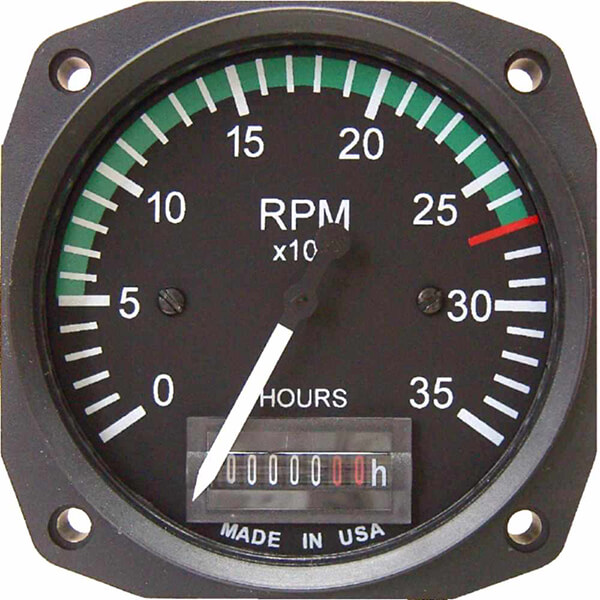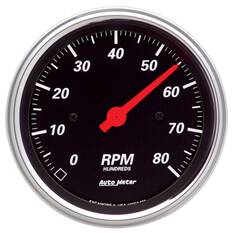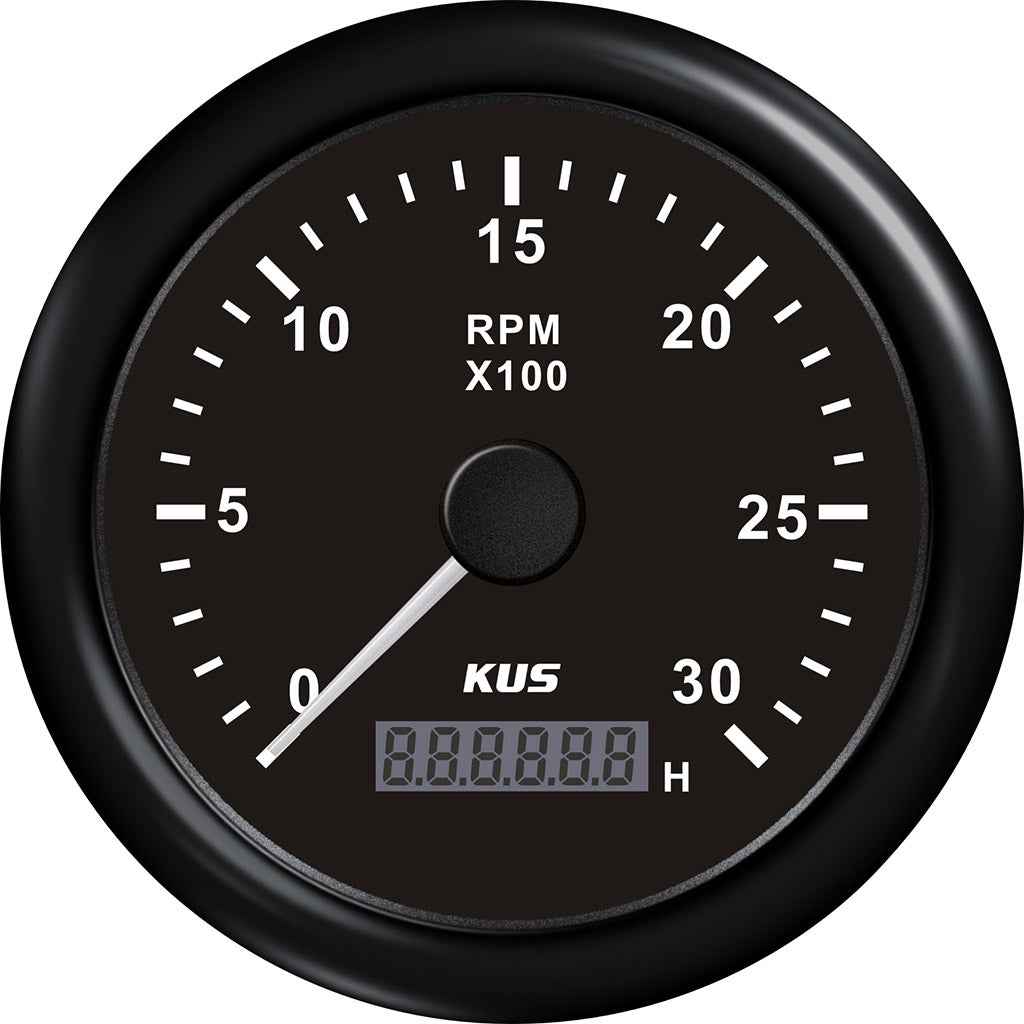Discover Exactly How a Tachometer Can Improve Your Automobile's Efficiency
Discover Exactly How a Tachometer Can Improve Your Automobile's Efficiency
Blog Article
The Significance of a Tachometer in Monitoring Engine Rate and Performance in Automotive Applications
In the realm of vehicle design, the tachometer stands as a pivotal instrument in the chauffeur's toolbox, giving a straight home window right into the internal workings of a vehicle's engine. Beyond its function as a mere gauge of transformations per minute (RPM), the tachometer serves as a vital device for fanatics and specialists alike, supplying real-time understandings right into engine efficiency and wellness.
Relevance of Keeping Track Of Engine RPM
Checking engine RPM, or changes per min, is a critical aspect of automotive upkeep and efficiency analysis. Engine RPM straight associates with the speed at which the engine's crankshaft turns, indicating how quickly the engine is running - tachometer. By keeping track of RPM, mechanics can assess the wellness of the engine, identify possible problems, and fine-tune efficiency. An irregular RPM analysis might indicate problems such as engine misfires, damaged ignition system, or problems with the fuel delivery system. Consistently high RPM analyses might indicate hostile driving routines or the need for a greater equipment shift to boost fuel efficiency.
In addition, keeping track of engine RPM is essential for efficiency evaluation in auto racing and high-performance cars. Keeping optimal RPM degrees is essential for attaining peak power outcome and velocity. Racers frequently make use of tachometers to ensure they are running within the ideal RPM range for maximum performance. In summary, checking engine RPM is not only crucial for spotting concerns but additionally for enhancing engine performance in different auto applications.

Advantages of Real-Time Data
In automobile applications, real-time data plays a vital duty in giving instantaneous insights right into the efficiency and problem of the vehicle. By continuously monitoring various parameters such as engine speed, temperature, fuel consumption, and more, real-time data offers numerous benefits that add to boosted performance and safety and security on the roadway.
One substantial benefit of real-time information is its capability to alert chauffeurs and specialists to any anomalies or issues promptly. This proactive approach makes it possible for fast recognition of possible issues, enabling for timely treatments to stop more damages or break downs. Furthermore, real-time data promotes efficiency optimization by offering immediate responses on driving behaviors and engine effectiveness. Chauffeurs can adjust their actions in real-time based upon this information to attain much better fuel economic situation and extend the lifespan of their lorry.

Additionally, real-time information plays an important duty in modern auto diagnostics, enabling service technicians to swiftly detect and address malfunctions. This results in decreased downtime, lower upkeep costs, and eventually, improved general vehicle dependability and long life (tachometer). By taking advantage of the power of real-time information, automotive stakeholders can make educated choices that favorably impact both the performance and durability of the lorry
Effect On Gear Shifts
Reliable equipment shifts in automobile applications dramatically influence overall performance and driving experience. The tachometer plays a critical role in optimizing gear shifts by great site supplying real-time engine rate information to the vehicle driver. When coming close to the redline on the tachometer, it signals the driver to upshift to avoid over-revving the engine and site web triggering prospective damages. On the various other hand, downshifting at the ideal minute can aid keep the engine in its power band, making certain receptive velocity when required.
In addition, the tachometer help in accomplishing smoother gear changes, specifically in hand-operated transmissions. By monitoring engine rate, vehicle drivers can implement equipment changes at the optimal RPM array, lowering snagging movements and decreasing endure the transmission components. This precision on duty changes not only enhances driving comfort however likewise contributes to fuel efficiency.
Enhancing Gas Efficiency
Provided the essential function the tachometer plays in maximizing gear changes for performance and engine health, it directly adds to making the most of fuel effectiveness in automobile applications. By giving real-time comments on engine rate, the tachometer helps chauffeurs in maintaining one of the most efficient RPM array for gas economy. When motorists regularly keep an eye on the tachometer and readjust their driving practices accordingly, they can prevent unnecessary fuel intake triggered by over-revving or hauling the engine.
In addition, the tachometer aids drivers identify the most fuel-efficient gear to be in at any given moment, avoiding the engine from working more challenging than needed. In verdict, the tachometer offers as a beneficial device in boosting gas effectiveness by promoting ideal driving routines and determining locations for renovation in the automobile's efficiency.

Optimizing Engine Long Life
The tachometer's duty in monitoring engine speed and performance is crucial check here in making certain the longevity of automobile engines. By using the tachometer properly, vehicle drivers can enhance engine long life via conscious RPM administration. Consistently revving an engine expensive can bring about extreme deterioration on crucial components, such as the pistons, shutoffs, and bearings. In time, this can result in lowered engine performance and potential breakdowns. Keeping track of the tachometer allows vehicle drivers to stay within the recommended RPM variety for their car, preventing unneeded strain on the engine and expanding its lifespan.

Verdict
To conclude, the tachometer plays an important role in keeping an eye on engine speed and efficiency in automobile applications. By providing real-time data on RPM, it enables efficient equipment shifts, enhanced gas effectiveness, and made best use of engine longevity. This device is crucial for keeping optimal engine efficiency and guaranteeing the general functionality of an automobile.
Report this page